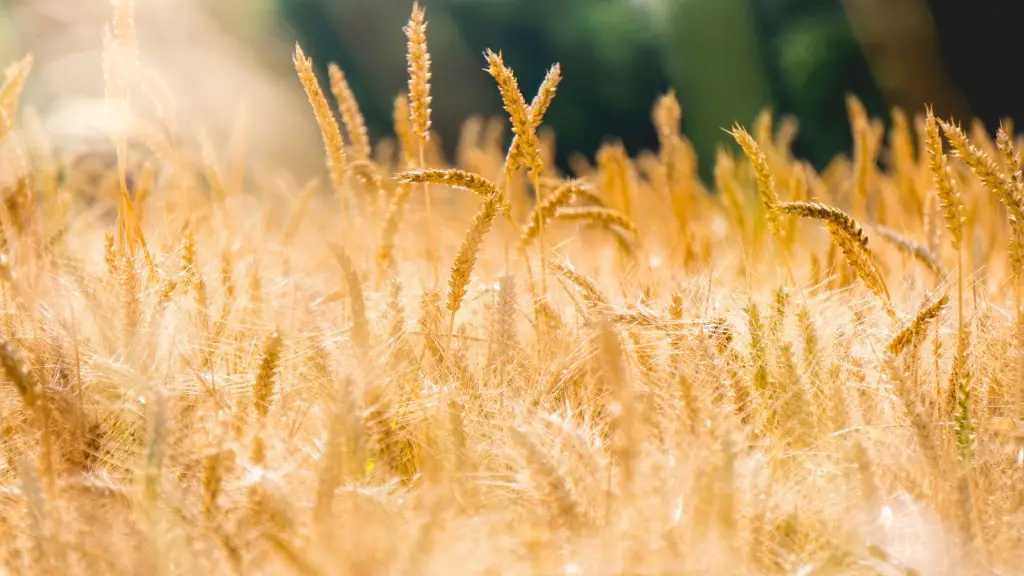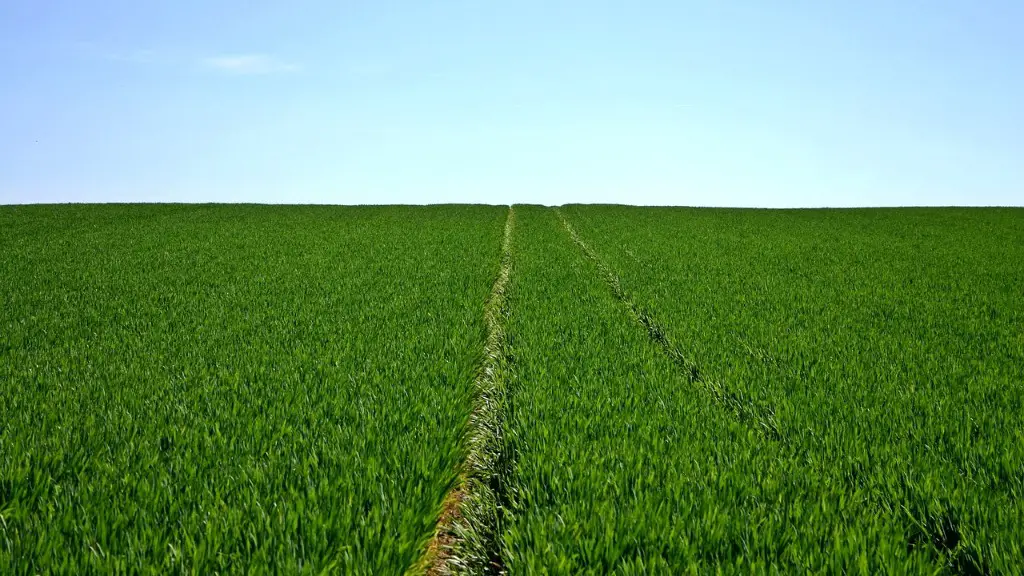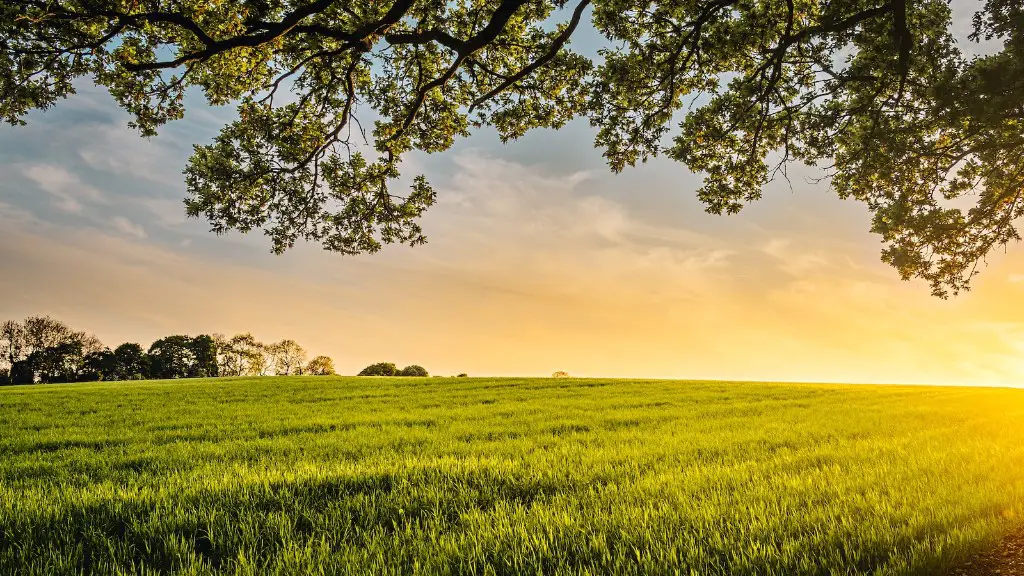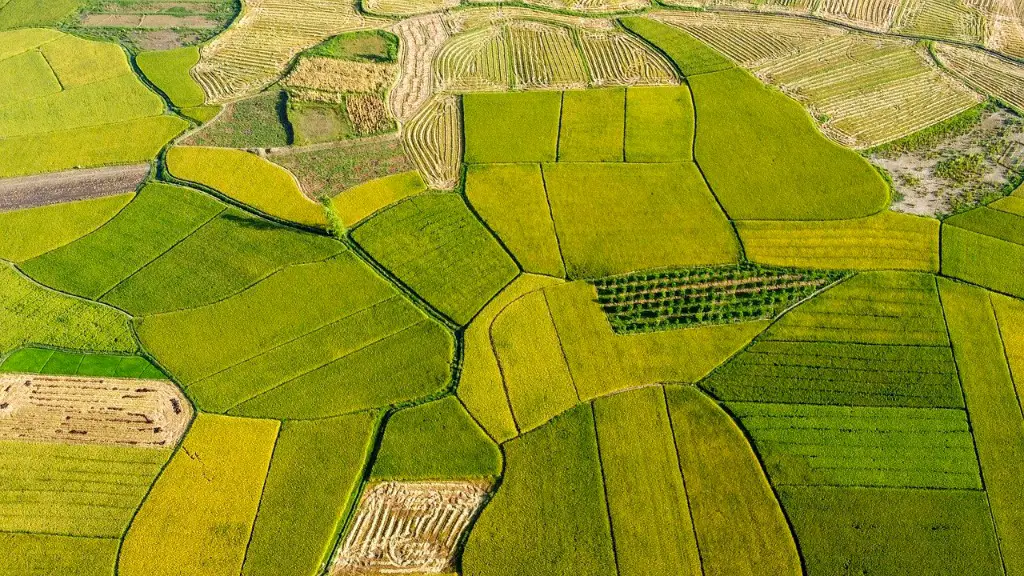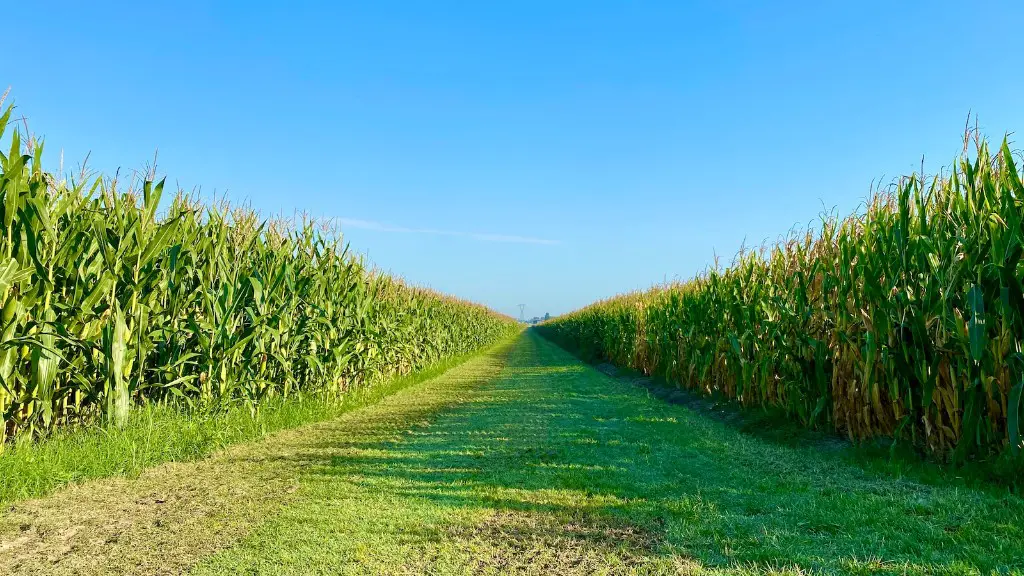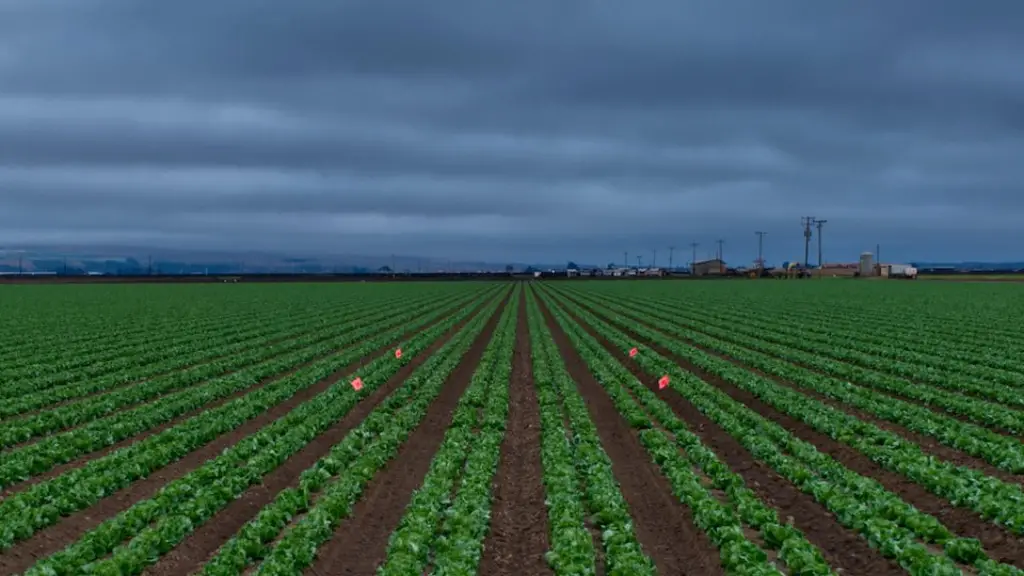Loess is a deposit of wind-blown siltful sediment that covers vast areas of the Earth’s surface, particularly in China. It is incredibly fertile, making it ideal for agriculture. The word ‘loess’ is of German origin and was first used in the 18th century. It derives from the German word ‘los’, meaning ‘loose’.
Loess is a type of soil that is found in China. It is composed of wind-blown silt that has been deposited over time. This soil is very fertile and is perfect for growing crops. The farmers in China have been using this soil for centuries to grow their crops. It is one of the main reasons why Chinese agriculture is so successful.
How do loess affect agriculture in China?
The loess soil in China is very fertile and good for farming, but it is also very prone to erosion. If the land is not properly managed, it can degrade quickly, leading to low productivity and poverty for local farmers.
The Loess Plateau is a region in China that has been severely affected by erosion. In recent years, however, funding from the World Bank and the Chinese government has helped to restore 4 million hectares of land. This has more than doubled the incomes of local farmers, reduced erosion by 100 million tons of sediment annually, reduced flood risk, and dramatically increased grain production.
Why is loess soil important in China
Loess soils are rich in minerals essential for plants and they retain water quite well, so they are potentially productive despite a seasonally dry, drought-prone climate. The Loess Plateau is a large area of land in China that is covered in loess soil. This soil is very fertile and has been used for agriculture for centuries. Today, the Loess Plateau is still an important agricultural region, producing wheat, maize, and other crops.
The Plateau has supported a population of more than 100 million and over 70% of which are rural. Dryland agriculture has played a key role in providing sufficient food for the inhabitants, as well as environmental conservation and economic development of the Plateau over the history. However, the dryland agriculture is now under pressure from the changing climate and human activities. The Plateau needs to be developed in a more sustainable way in order to support the future generations.
How did loess influence the development of early Chinese civilizations?
The water supply and fertile soil developed on loess deposits were conducive to migration and sustained human occupation and served as the primary source of wealth in the early agrarian society that cultivated the land. The loess deposits were also responsible for the development of agriculture in the region and the rise of early civilizations.
The Loess Plateau in China’s Northwest is home to more than 50 million people. The name Loess Plateau comes from the dry powdery wind-blown soil that covers the plateau. Centuries of overuse and overgrazing has led to one of the highest erosion rates in the world and widespread poverty.
What helped China with its rapid growth?
Investment and productivity are the two main drivers of China’s economic growth. Investment has been financed by domestic savings and foreign investment, while productivity growth has been rapid. These factors have helped China’s economy to grow rapidly.
With potatoes being the main food crop in the Loess Plateau region of northwestern China, researchers are finding the best combination of tillage and mulching practices to increase yield in this dry climate with uneven precipitation. Potato production in this region is challenging due to the lack of water, but the right tillage and mulching practices can help improve yields significantly.
What are the health benefits of loess
The Loess soil is believed to be beneficial for blood circulation and metabolism, and to relieve pain. The infrared heat from the soil is said to push out waste from the skin and pores, and the Loess soil is recommended to prevent topical dermatitis and relieve asthma symptoms.
The Loess Hills are home to several endangered plant and animal species, which has led to recognition of the area as a National Natural Landmark. The unique landscape and biota of the Loess Hills provide habitat for many rare and threatened species, making conservation of the area a high priority.
What is loess and what are its significant characteristics?
Loess is a type of sedimentary deposit that is composed mostly of silt-sized grains. These grains are loosely cemented together by calcium carbonate, which gives the deposit a homogeneous and porous structure. Loess is often found in vertical bluffs, due to the way it fractures and forms vertical channels.
The Loess Hills were formed over 18,000 years ago as the glaciers of the last Ice Age retreated north. The hills are made up of deposits of wind-blown silt known as loess. Today, the 650,000-acre landscape is recognized for its deep deposits of loess. The hills rise 200 feet above the Missouri River valley and provide a home to a variety of plant and animal life.
What is grown with loess
Loess soils are very fertile and provide an excellent foundation for crops like cereals, sugar beets, corn, and wine. These soils are also the starting point for the development of other great arable soils and forest floors.
The Loess Plateau in China is an important agricultural region that is facing significant environmental challenges. Soil erosion is a major threat to agricultural production on the plateau, leading to a decline in productivity and increased poverty. In addition to soil erosion, the Loess Plateau is also facing other environmental problems such as air pollution and water shortages. These problems are exacerbated by the effects of climate change, which are expected to cause more extreme weather events and lower crop yields. The Chinese government is working to address these problems, but more needs to be done to protect the environment of the Loess Plateau and ensure the long-term sustainability of its agricultural production.
How did China change desert into fertile land?
This is amazing news! If this technology can actually help turn desert into fertile soil, it could make a huge difference for so many people who live in areas that are prone to soil degradation. This could help improve the quality of life for hundreds of millions of people.
The physical geography of Ancient China played a significant role in its development as a isolated civilization. The surrounding desert, mountains, and seas created natural barriers which protected the Ancient Chinese from outside invaders. This isolation allowed the Chinese to develop their own unique culture and customs.
Warp Up
Loess is a very fine-grained sedimentary rock that is formed by the accumulation of wind-blown silt. It is particularly abundant in China and can be up to 30 meters thick in some places. Loess is very fertile and has been used for agriculture for millennia. It is very easy to plow and provides good drainage. Crops grown on loess tend to be very healthy and productive.
Loess soil is very fertile and helps farmers to grow crops successfully. The soil is also easy to work with, making it ideal for farming. The loess deposits in China are some of the most fertile in the world and have helped to make Chinese agriculture successful.
